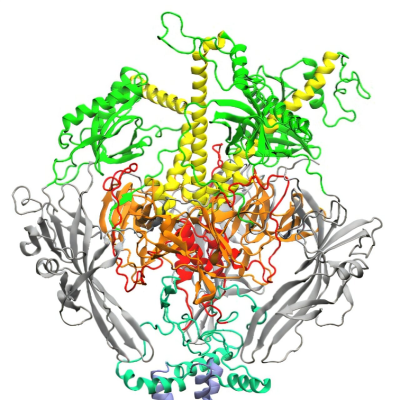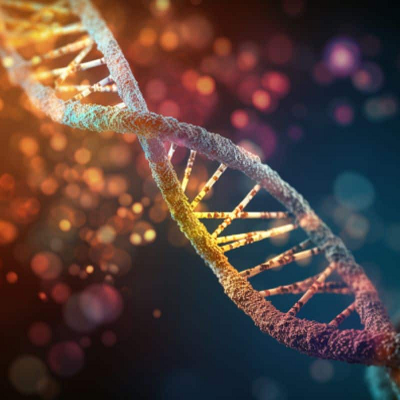The European Commission’s Joint Research Center (JRC) recently published a white paper entitled Anticipation of regulatory needs for nanotechnology-enabled health products. The white paper notes that at this time, “no specific regulatory framework exists for nanotechnology-enabled health products but the current regulatory practice requires additional guidance in order to fully cover the particularities of such products.” The white paper identifies the following major challenges associated with regulating nanotechnology-enabled health products:
- Depending on their mode of action, nanotechnology-enabled health products are regulated either as medicinal products or medical devices. Due to the increased complexity of such products and their size-related properties, the selection of the regulatory path may be challenging since the primary mode of action might be difficult to determine.
- Due to the rapid progress in the field and the lack of robust data sets, only limited guidance on regulatory information needs is currently available, and the question remains whether the identified requirements in this initial guidance are sufficient for a reliable characterization and assessment of all nanotechnology-enabled health products. To generate the required information on the quality, safety, and efficacy of the products, standardized testing methods have to be available.
- As patents expire for certain nanomedicinal products, generic versions of the innovator products will require access to the market. Since the physicochemical characteristics can be very complex for nanotechnology-enabled products and achieved through sophisticated manufacturing processes, the current regulatory practice to assess the equivalence of the products may not be sufficient. More guidance is needed on how the similarity of follow-on products can be demonstrated and suitable standardized methods assessing the (bio) equivalence of such products need to be developed.
- The European Union (EU) definition of nanomaterials will apply for nanotechnology-enabled medical devices, outlining their classification and regulatory requirements. The implementation of the definition and the classification rule, introducing the need to define the internal exposure to nanomaterials, pose additional challenges, however.
The white paper states that the regulatory challenges it highlights “should guide the research projects and the involved communities willing to advance the regulatory science in the area of nanotechnology-enabled health products.”
Read the original article on National Law Review.







